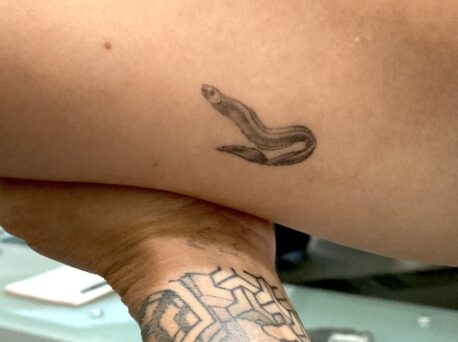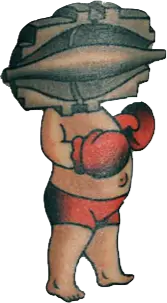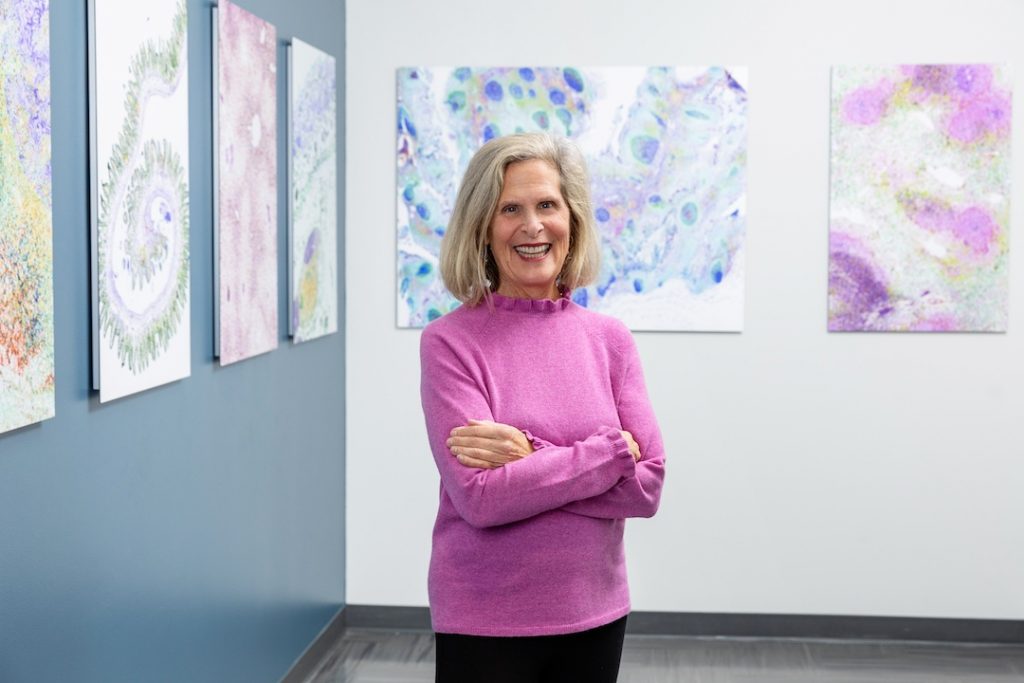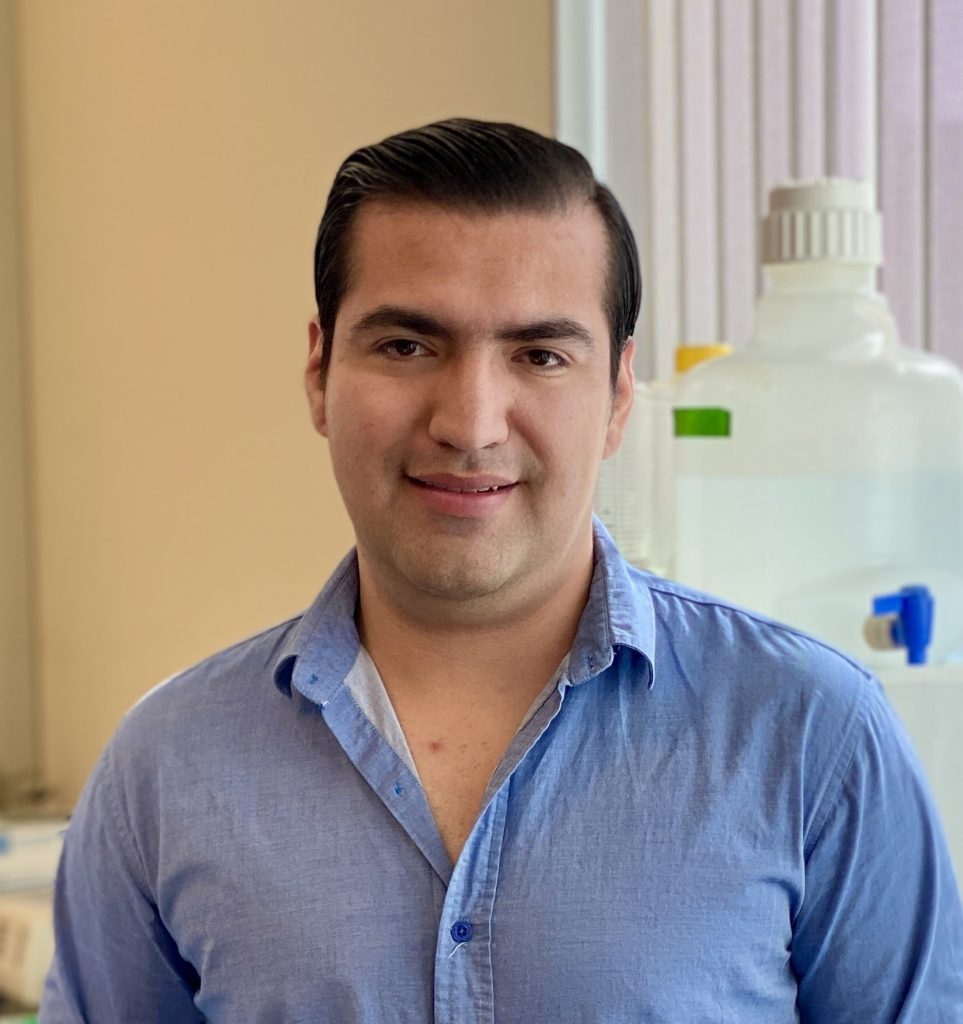At least three La Jolla Institute for Immunology (LJI) scientists have made their love of science very, very permanent! Some of their science-related tattoos celebrate research accomplishments while others highlight eye-catching motifs found in nature.
Here they share the meanings behind their science ink:
Keeping it simple
Eduardo Lucero Meza is a lab manager and research tech in the Benedict Lab at LJI. His work gives scientists a window into the body’s response to pathogens such as cytomegalovirus (CMV) and Epstein-Barr virus. Lucero Meza has a large tattoo of the DNA double-helix shape encircling his upper left arm. The simplicity of the tattoo emphasizes its meaning for Lucero Meza.
“The tattoo is just to remind me where I came from,” says Lucero Meza. “It amazes me how that relatively simple molecule has the ‘instructions’ to make a living being. I love the fact that we all share pretty much the same set of genes, but it’s the small differences in gene expression that makes everyone special.”

Hidden meanings

Suzie Alarcón is Director of the LJI Next Generation Sequencing Core. Her team is essential for understanding how genetics play a role in infectious disease responses, autoimmune diseases, allergic responses and much more. Alarcón has two science-related tattoos.
The first is a small tattoo of an eel on her upper right arm. Alarcón says she is fascinated by the biology of eels (they begin their lives as translucent larvae!), but she also got the tattoo as a symbol. Her tattoo matches a friend’s, and they use “eel” as shorthand for “feelings.”
Alarcón’s second tattoo reflects her contributions to research, especially in sequencing. The tattoo covers Alarcón’s left arm and shows a detailed DNA double helix surrounded by an intricate geometric motif. The design switches to a botanical motif as it gets higher, which reflects Alarcón’s research with hops and other ingredients when she worked with taste and smell researchers at the Monell Center.
The piece is a work-in-progress as Alarcón gradually gets sections added by local tattoo artist Emily Paul. Alarcón was especially thrilled to sit for Paul after learning she had studied molecular biology before going into tattooing. “So she was really excited to work on this,” says Alarcón.

Celebrating milestones

For LJI Assistant Professor Samuel Myers, Ph.D., tattoos are an opportunity to mark milestones. Myers heads the LJI Laboratory for Immunochemical Circuits, where his team uses techniques such as mass spectrometry to shed light on how cells respond to their environment and alter their gene expression. [Learn more in the article “How to build a lab”]
Of his many tattoos, three highlight his career in science. His first tattoo shows an important part of mass spec machinery, called an Orbitrap, on a cartoon baby, aka, a kewpie Kid Slug variant. He got the tattoo to celebrate his first, first author paper in grad school.
He also has a tattoo on his left arm of three dice with the digits “415.” “That is the area code where I got my Ph.D. and the building number where I did my postdoctoral training,” says Myers.
Myers has one last science-related tattoo: a classic heart and dagger motif on his forearm. But he chose a pipette (a lab tool) to replace the dagger. The meaning behind this one? Myers is happy to admit, it’s “just to look cool.”






